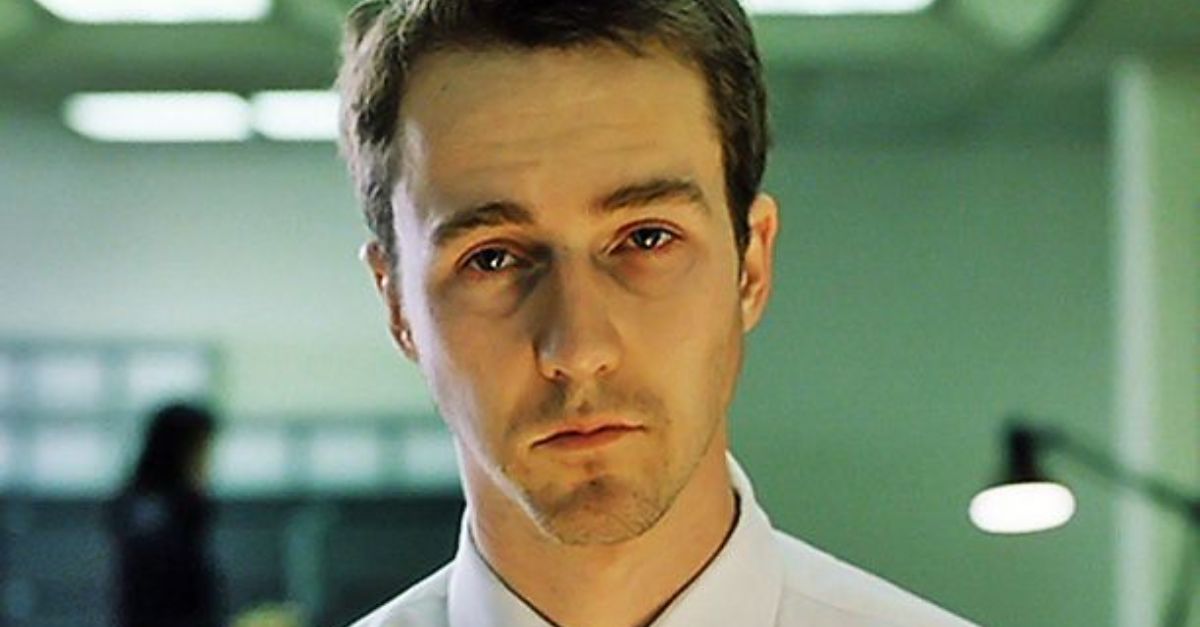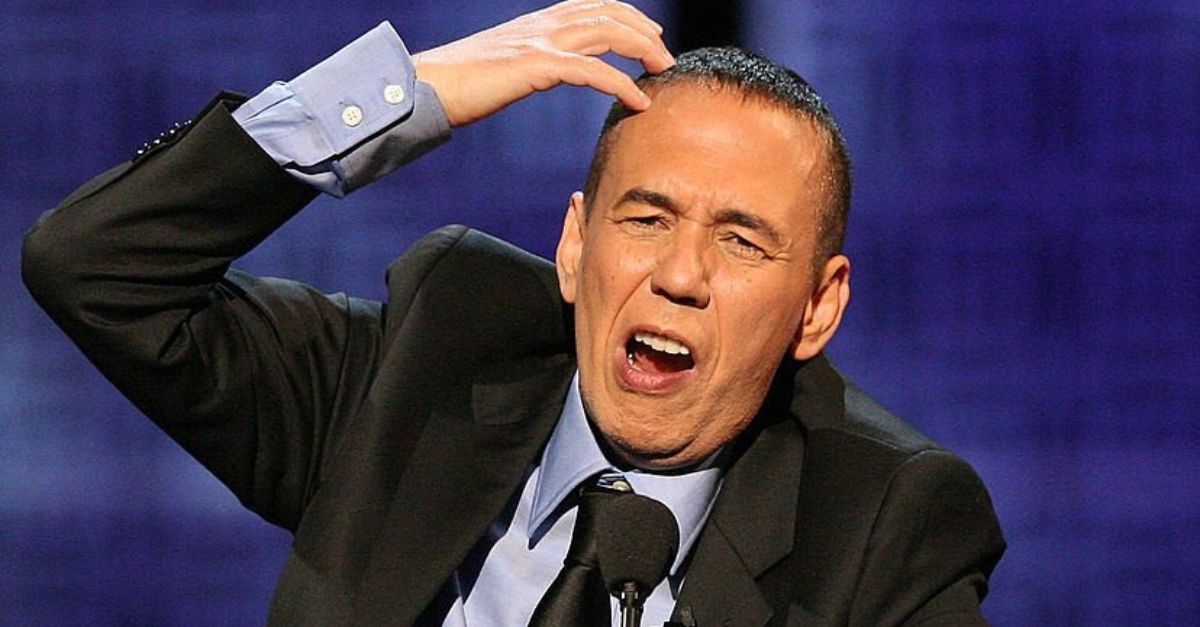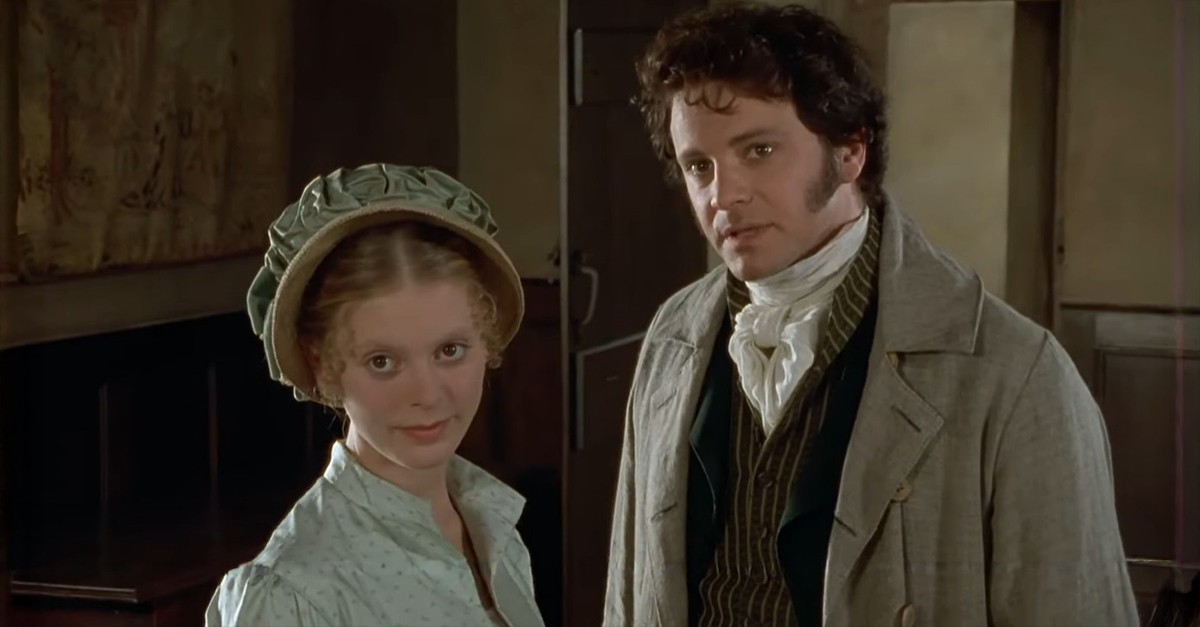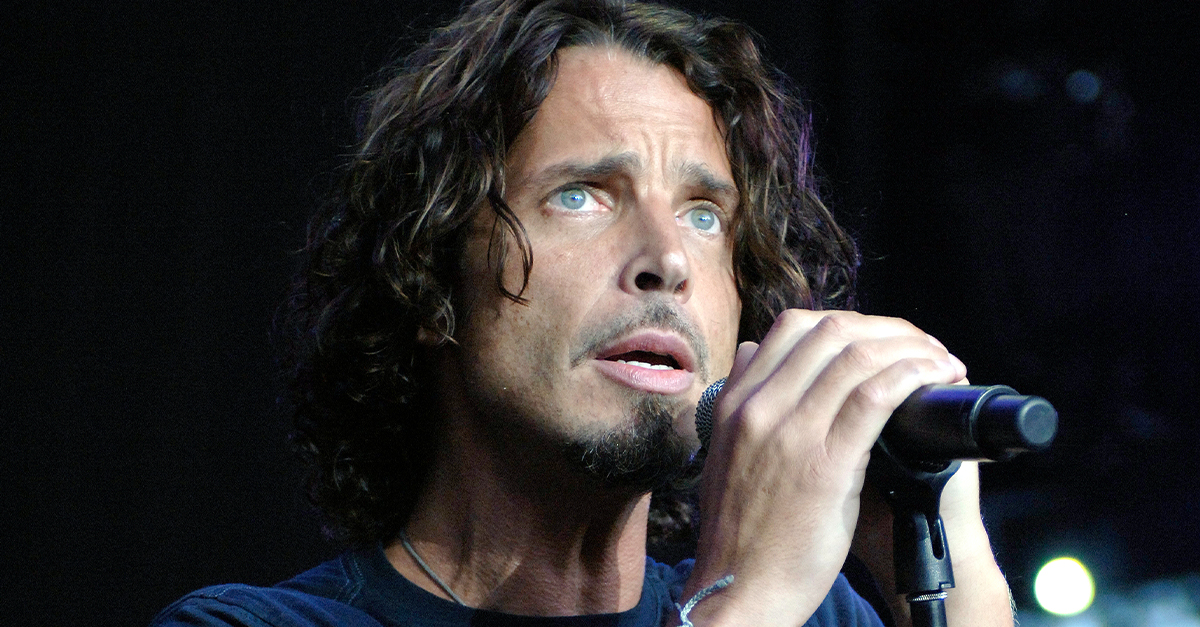The Icons Who Never Needed Labels
Some characters walk onto the screen without introductions and somehow become impossible to forget. No backstory, no name, just presence. That mystery often does more work than any dialogue ever could, leaving audiences guessing long after the credits roll.

Man With No Name (A Fistful Of Dollars, 1964)
Clint Eastwood plays a quiet drifter whose real name is never revealed. You mostly remember him for the poncho and the way he solves trouble without saying much. His mystery is the whole point, as he’s less a person and more a legend walking into town.
 movie studio, Wikimedia Commons
movie studio, Wikimedia Commons
The Driver (Drive, 2011)
Instead of a regular name, this character is simply “the driver,” and that fits him perfectly. He barely talks and moves through the neon city like a shadow. That silence makes him feel strangely unforgettable with a hint of danger at the same time.
 Screenshot from Drive, Sony Pictures (2011)
Screenshot from Drive, Sony Pictures (2011)
The Gimp (Pulp Fiction, 1994)
The character shows up only briefly, but the image sticks with you: a motionless figure in unsettling gear, locked in a basement. We never learn who he is or why he’s there, which makes the moment even more disturbing and one of the film’s most uncomfortable surprises.
 Screenshot from Pulp Fiction, Miramax (1994)
Screenshot from Pulp Fiction, Miramax (1994)
Xenomorph (Alien, 1979)
In Alien, the creature is never given a personal name, which fits its nature perfectly. Designed by H.R. Giger, the Xenomorph’s biomechanical appearance and silent, predatory behavior make it feel less like an animal and more like a nightmare stalking the ship. Its anonymity strengthens the terror.
 Screenshot from Alien, 20th Century Studios (1979)
Screenshot from Alien, 20th Century Studios (1979)
The Shark (Jaws, 1975)
You never hear anyone call the shark anything specific, yet its presence controls the whole movie. Most of the fear comes from not seeing it clearly and only sensing it through music or underwater shots. That faceless danger makes the creature feel like a natural force instead of an animal.
 Roger Kastel, Wikimedia Commons
Roger Kastel, Wikimedia Commons
Pale Man (Pan’s Labyrinth, 2006)
Played by Doug Jones, the Pale Man represents a monstrous figure linked to themes of gluttony and oppression. His eyeless face, loose flesh, and silent stillness make him immediately threatening. When he finally moves, the moment becomes one of the most unforgettable sequences in Pan’s Labyrinth.
 Screenshot from Pan’s Labyrinth, Warner Bros. Pictures (2006)
Screenshot from Pan’s Labyrinth, Warner Bros. Pictures (2006)
The Tall Man (Phantasm, 1979)
Known only by a title, this eerie funeral-home figure towers over every scene he’s in. His calm voice and strange powers make him feel less like a human and more like a supernatural threat. Even without a real name, he became a classic horror icon.
 Screenshot from Phantasm, Sony Pictures (1979)
Screenshot from Phantasm, Sony Pictures (1979)
Death (The Seventh Seal, 1957)
Bergman portrays Death as a soft-spoken figure who meets Antonius Block after the Crusades. They begin a chess game that continues throughout the movie, each move reflecting the knight’s struggle for answers. His simple black robe and expressionless calm give the character an” eerie look.
 Screenshot from The Seventh Seal, AB Svensk Filmindustri (1957)
Screenshot from The Seventh Seal, AB Svensk Filmindustri (1957)
The Tramp (The Gold Rush, 1925)
Despite having no spoken name in The Gold Rush, the Tramp’s personality is unmistakable. He faces hunger and romantic disappointment with hopeful determination. His shoe-eating scene and graceful comedic timing show how Chaplin used physical storytelling to create a character audiences recognize instantly without needing an actual name.
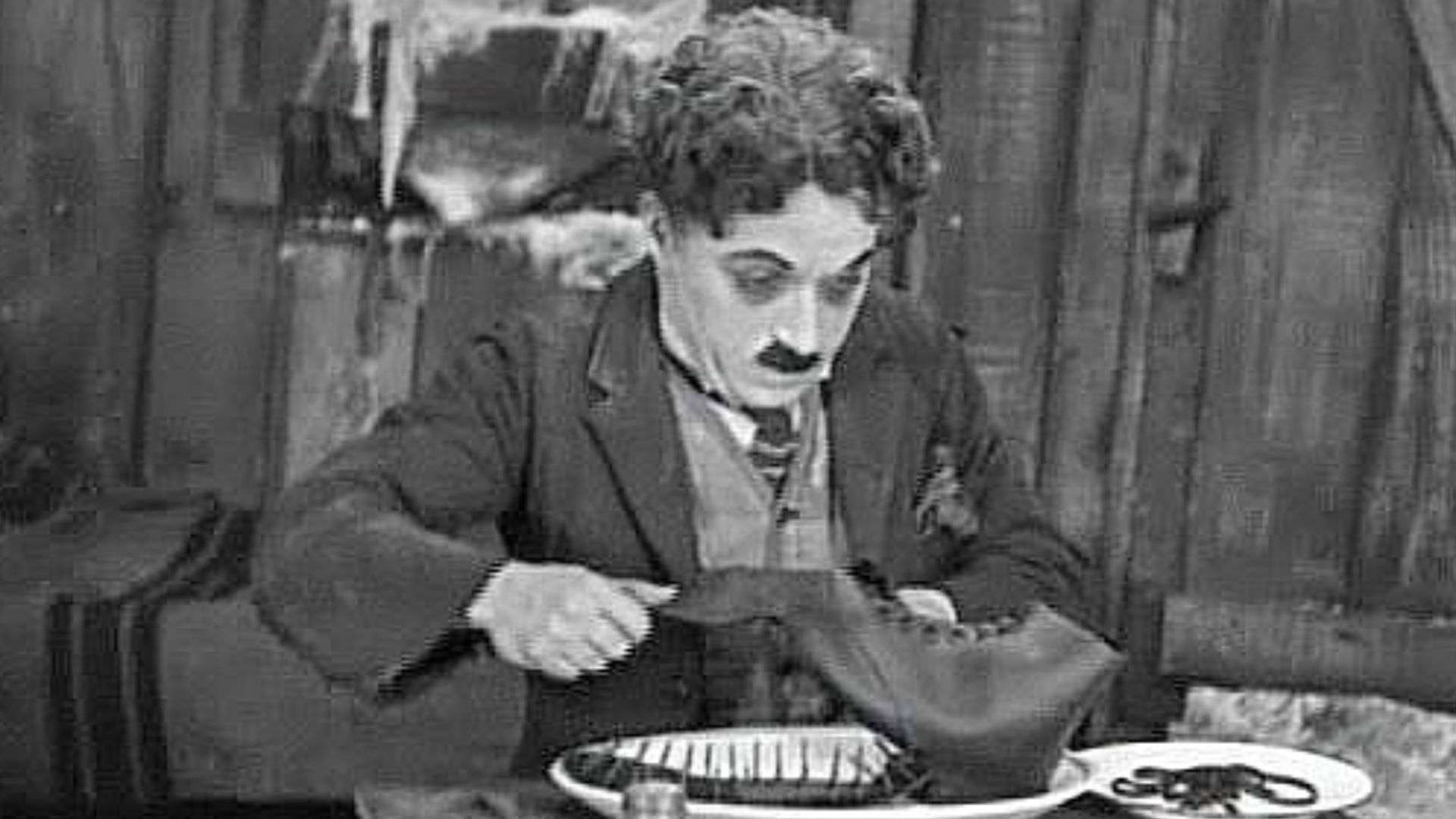 Roland Totheroh, Cinematographer, Wikimedia Commons
Roland Totheroh, Cinematographer, Wikimedia Commons
The Kid (The Kid, 1921)
The child in The Kid starts life as an unwanted infant left in a car, later discovered accidentally by the Tramp. Their improvised father-son life includes shared meals and street jobs. When authorities try to take him away, the boy’s desperate cries reveal how strong their connection has become.
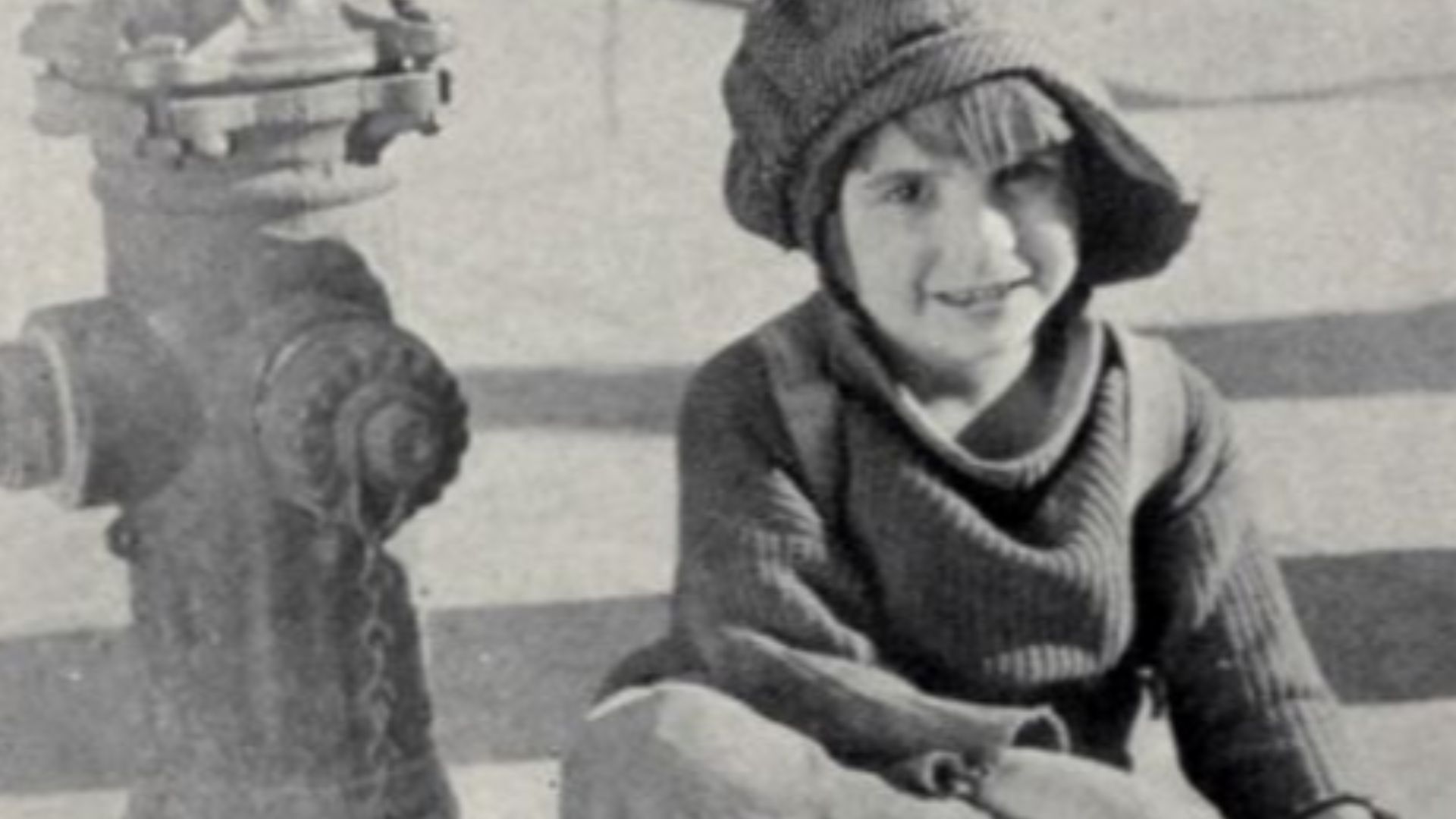 First National Pictures, Wikimedia Commons
First National Pictures, Wikimedia Commons
The Creature (The Black Lagoon, 1954)
The film introduces the Gill-man as a leftover from an ancient species living unnoticed in the Amazon. The expedition disturbs his habitat, which leads him to attack the crew and kidnap Kay. His webbed claws turn him into one of Universal’s most iconic monsters.
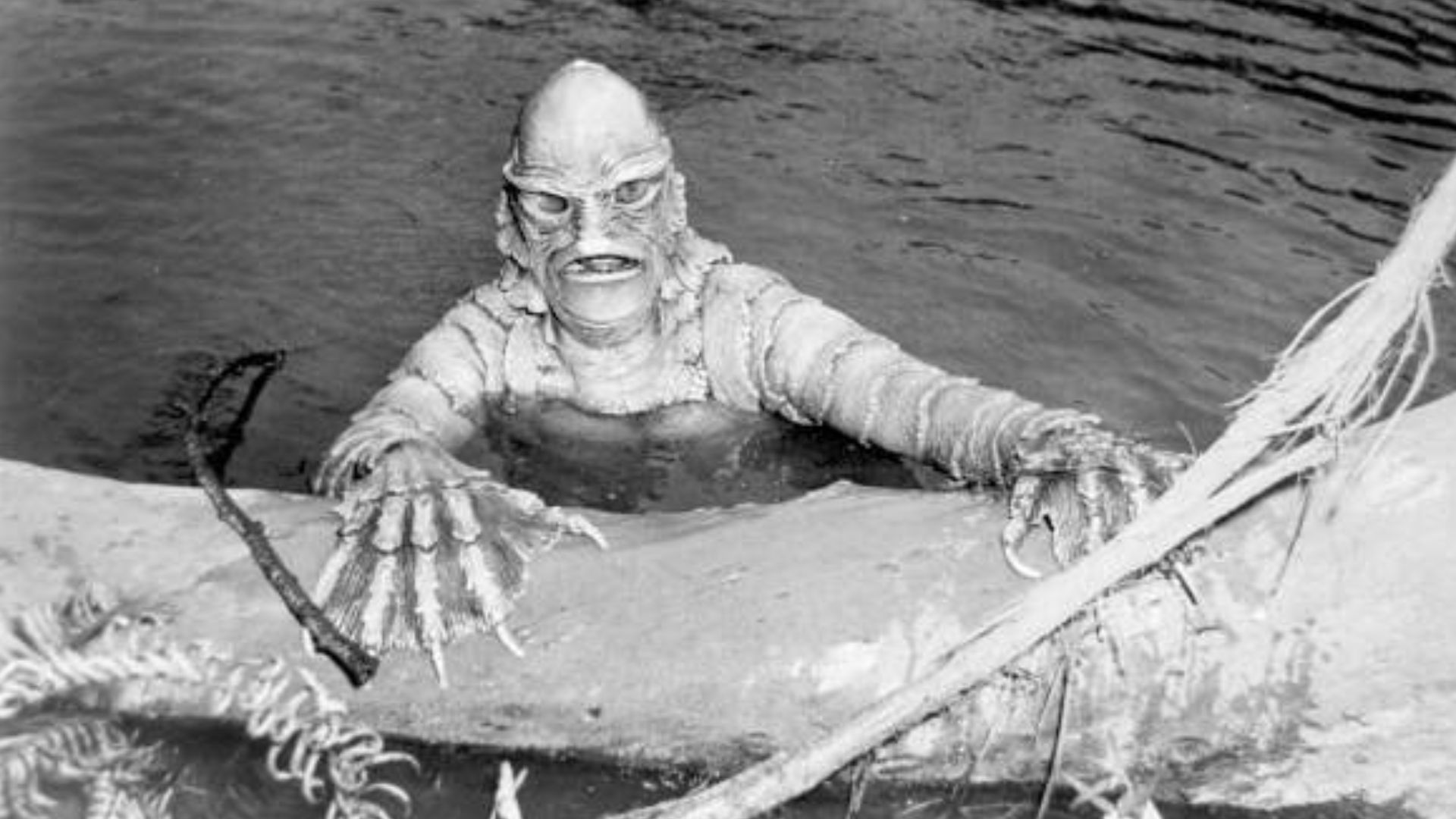 Florida Memory, Wikimedia Commons
Florida Memory, Wikimedia Commons
The Shape (Halloween, 1978)
The movie never refers to Michael as anything but “The Shape” in the credits by highlighting his faceless nature. He escapes custody and follows Laurie Strode throughout the day. His white mask creates the chilling atmosphere that made Halloween a genre-defining slasher.
 Screenshot from Halloween, Compass International Pictures (1978)
Screenshot from Halloween, Compass International Pictures (1978)
The Narrator (Fight Club, 1999)
Although he tells the story, the Narrator never gives his own name. He’s an exhausted office worker collecting furniture and attending support groups to feel something. When Tyler appears, the thrill of Fight Club pulls him in, and the cracks in his memory reveal how unstable his life has become.
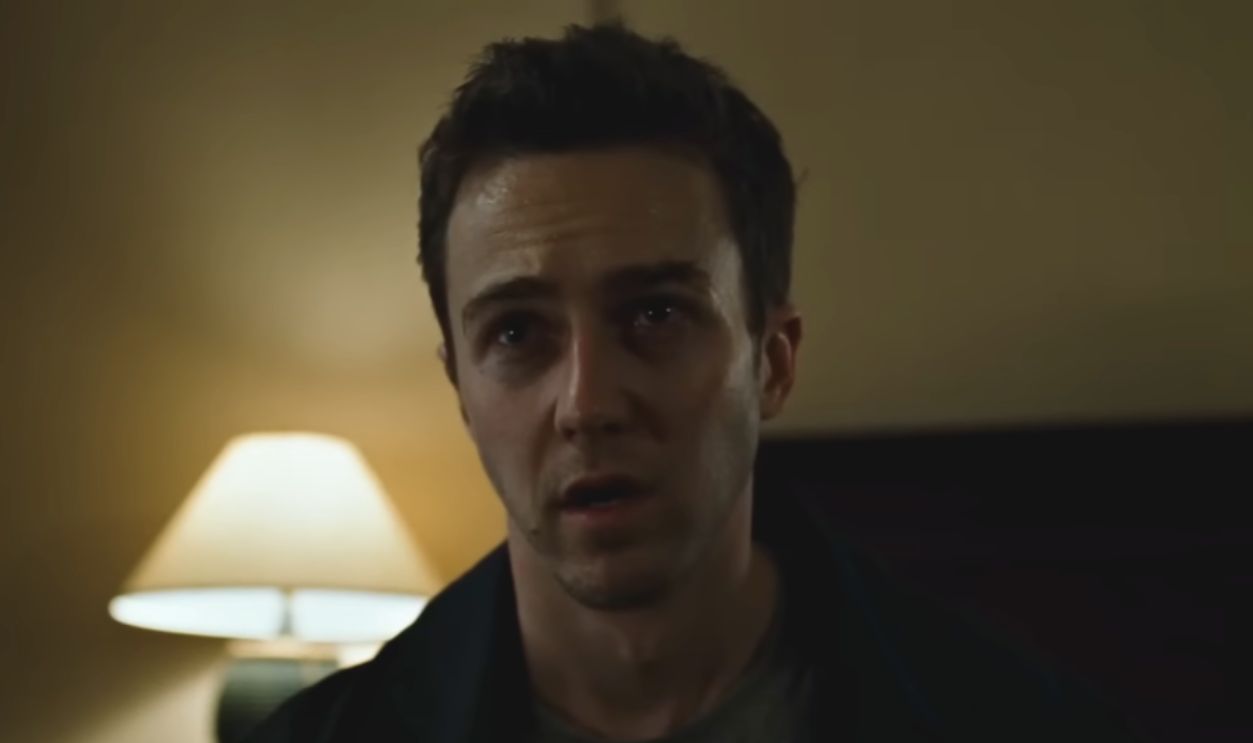 Screenshot from Fight Club, 20th Century Studios (1999)
Screenshot from Fight Club, 20th Century Studios (1999)
The Boy (The Road, 2009)
Throughout The Road, the boy remains unnamed but unmistakably important. He represents hope in a world without safety, constantly challenging his father’s fear-driven decisions. Their journey through abandoned houses and dangerous encounters shows how his moral clarity survives even when everything else collapses around him.
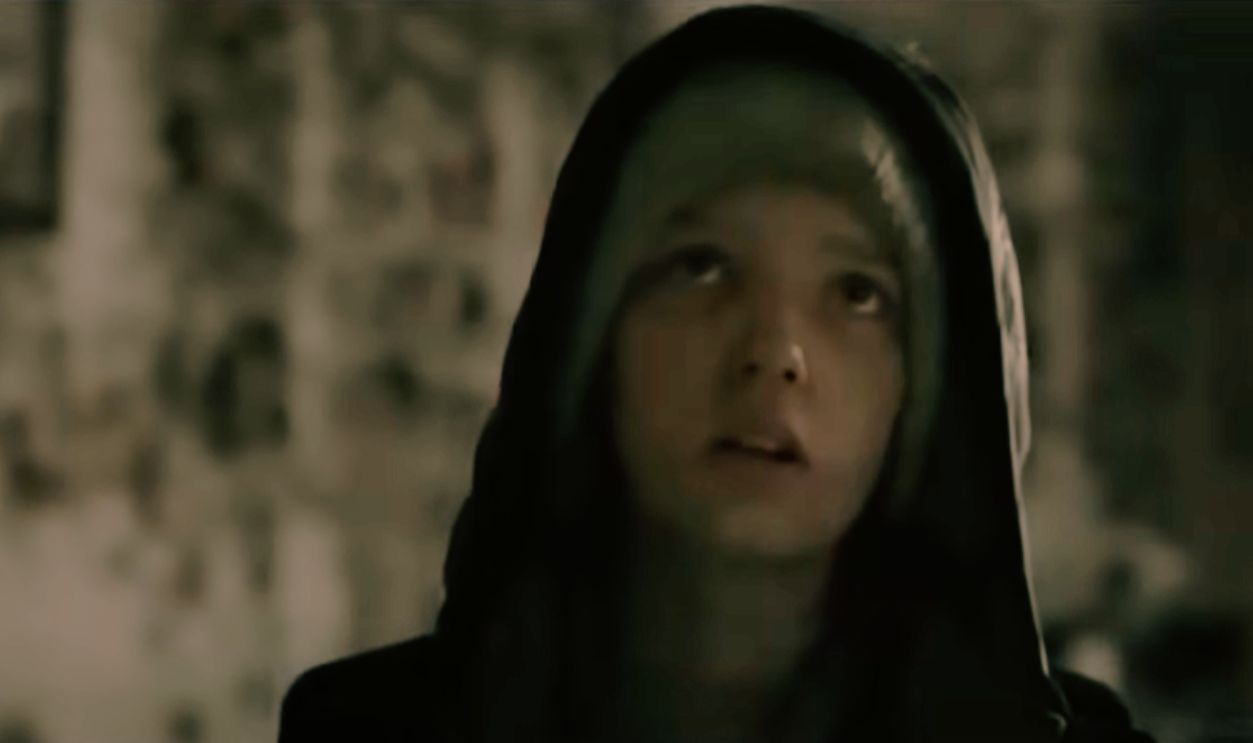 Screenshot from The Road, Dimension Films (2009)
Screenshot from The Road, Dimension Films (2009)
Masked Intruders (The Strangers, 2008)
None of the three invaders is given a real name in the film. They begin by knocking on the door with an innocent-sounding question, then slowly trap Kristen and James inside the house. Their masks erase all emotion, making the silent watching and sudden appearances the film’s most terrifying moments.
 Screenshot from The Strangers, Universal Pictures (2008)
Screenshot from The Strangers, Universal Pictures (2008)
The Truck Driver / Truck (Duel, 1971)
The film never identifies the truck driver, and Spielberg keeps his face hidden behind the windshield. His rusted tanker tailgates David and repeatedly toys with him. This anonymity makes the conflict terrifying, as David can’t read the man—or even confirm he’s one person.
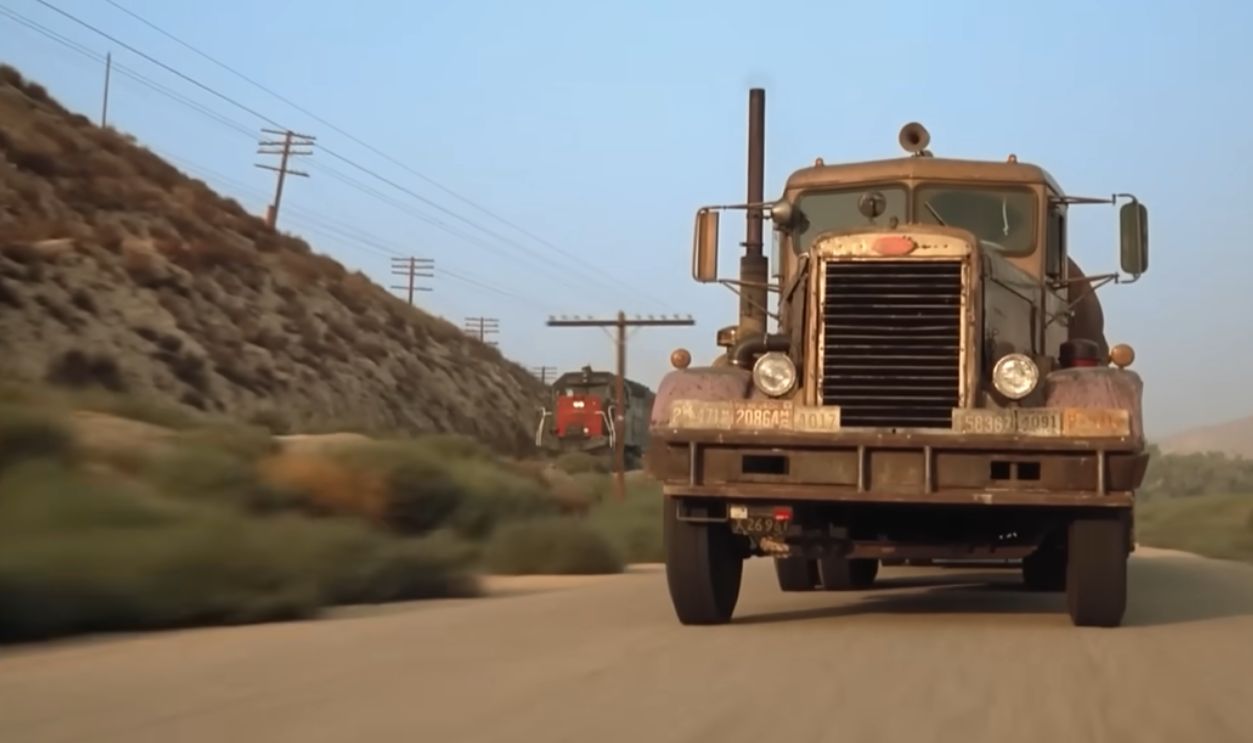 Screenshot from Duel, Universal Pictures (1971)
Screenshot from Duel, Universal Pictures (1971)
The Preacher (Pale Rider, 1985)
The Preacher’s arrival in Pale Rider feels almost otherworldly. He appears during a snowstorm and silently aligns himself with the oppressed miners. His back carries old bullet scars, and his skill with a gun unsettles LaHood’s men. The film leaves his identity and motives intentionally unclear.
 Screenshot from Pale Rider, Warner Bros. Pictures (1985)
Screenshot from Pale Rider, Warner Bros. Pictures (1985)
Harmonica Man (Once Upon A Time In The West, 1968)
In the film, the mysterious gunman known only as Harmonica follows Frank across the West with a motive he refuses to explain. His mournful harmonica melody is a constant warning. He rarely speaks, studies every detail, and moves with deliberate calm, making his presence feel almost ghostlike.
 Screenshot from Once Upon a Time in the West, Paramount Pictures (1968)
Screenshot from Once Upon a Time in the West, Paramount Pictures (1968)
The Bride In Black (Insidious, 2010)
This shadowy figure stalks Josh Lambert without any spoken name by appearing in photographs and hallway corners long before the family realizes it’s a malevolent spirit. Its Victorian dress, black veil, and silent pursuit make it one of the franchise’s most chilling, identity-less presences.
 Screenshot from Insidious, Sony Pictures (2010)
Screenshot from Insidious, Sony Pictures (2010)
The Blind Man (Don’t Breathe, 2016)
Known only by his disability and never by a personal name, the Blind Man turns a burglary story into a terrifying reversal. His military background and control over his house make him a frightening, morally complicated antagonist whose identity remains deliberately withheld.
 Screenshot from Don't Breathe, Sony Pictures (2016)
Screenshot from Don't Breathe, Sony Pictures (2016)
The Pale Girl (The Ring, 2002 – Samara’s Projection)
While Samara has a name, the ghostly child who appears in the cursed tape and in visions is presented without identity. Her dripping hair and silent appearances form one of horror’s most recognizable nameless images, separate from the girl’s real-world persona.
 Screenshot from The Ring, DreamWorks Pictures (2002)
Screenshot from The Ring, DreamWorks Pictures (2002)
The Engineer (Prometheus, 2012)
This towering alien is never called a personal name, identified only as an “Engineer” by humans trying to understand him. His ancient technology and near-silent hostility make him a mysterious figure whose motives remain unclear, which reinforces the film’s theme of unknowable creators.
 Screenshot from Prometheus, 20th Century Studios (2012)
Screenshot from Prometheus, 20th Century Studios (2012)
The Stalker (Stalker, 1979)
In Stalker, the guide known only as the Stalker leads others into the mysterious Zone for those who trust instincts more than logic. He never reveals much about himself, but his quiet devotion to the Zone—and the strange hope he places in it—creates a haunting, unforgettable presence throughout the journey.
 Screenshot from Stalker, Mosfilm (1979)
Screenshot from Stalker, Mosfilm (1979)
The Hitchhiker (The Hitcher, 1986)
A nameless drifter terrorizes a young man across desolate highways. His lack of identity makes him more frightening, as he seems to appear from nowhere and vanish just as suddenly. The anonymity turns him into a symbol of random, unstoppable danger.
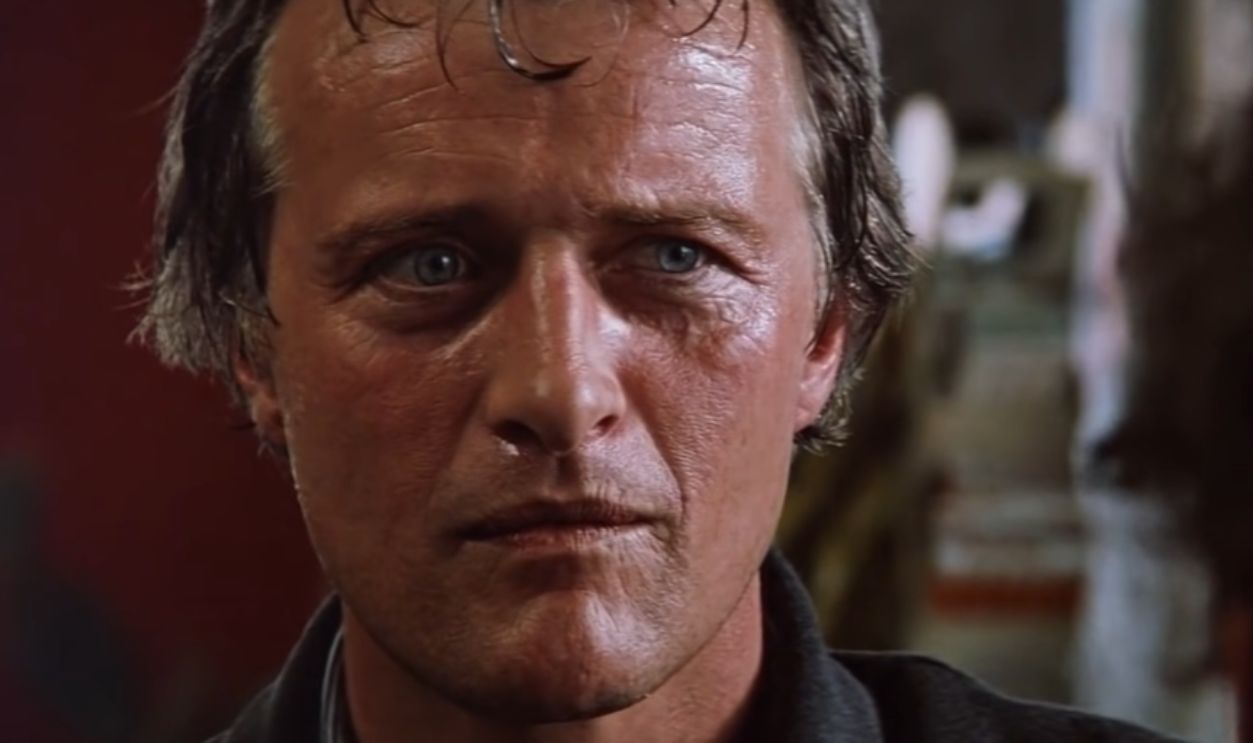 Screenshot from The Hitcher, TriStar Pictures (1986)
Screenshot from The Hitcher, TriStar Pictures (1986)
The Gunslinger (Westworld, 1973)
Played by Yul Brynner, the robotic cowboy is identified only by function. That blank stare and relentless pursuit through the amusement park create pure terror. Without a name, this character personifies technology transformed into a predator—cold, unstoppable, and unnervingly precise.
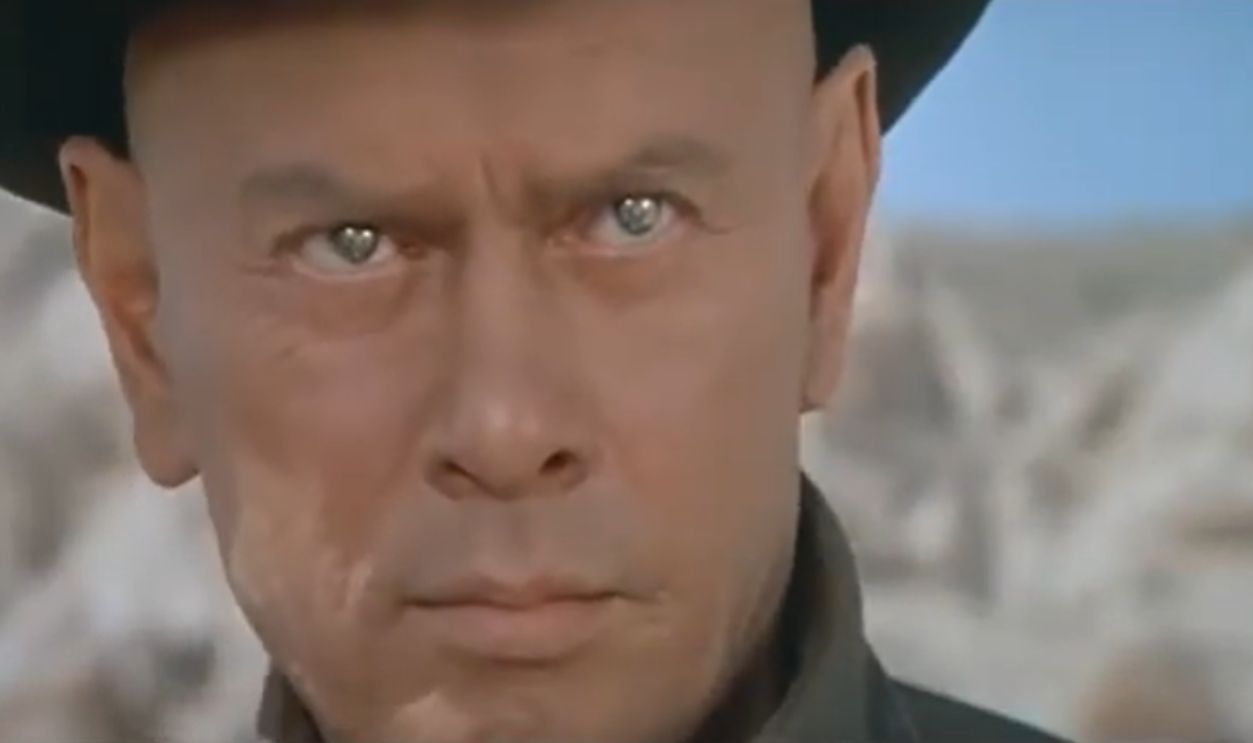 Screenshot from Westworld, MGM (Metro-Goldwyn-Mayer) (1973)
Screenshot from Westworld, MGM (Metro-Goldwyn-Mayer) (1973)

